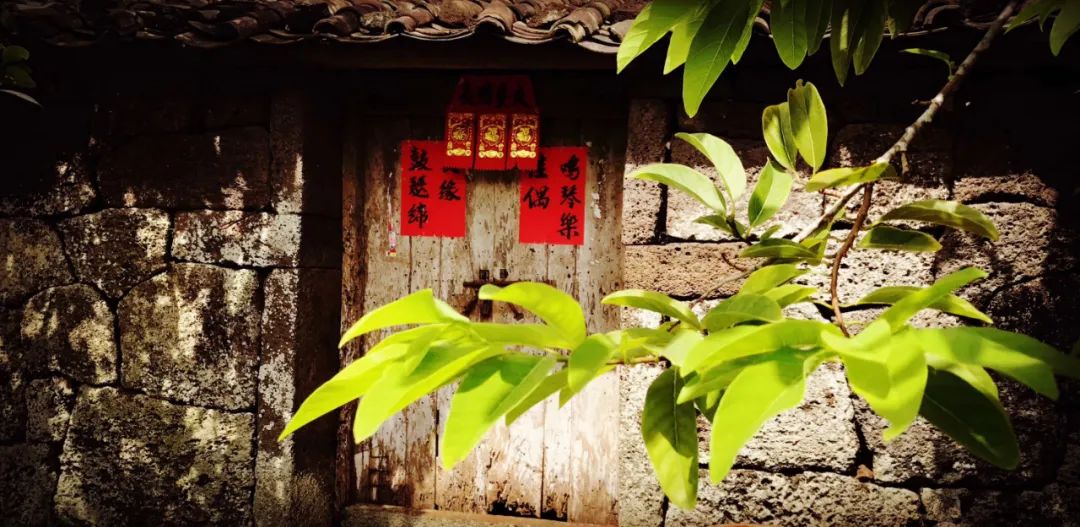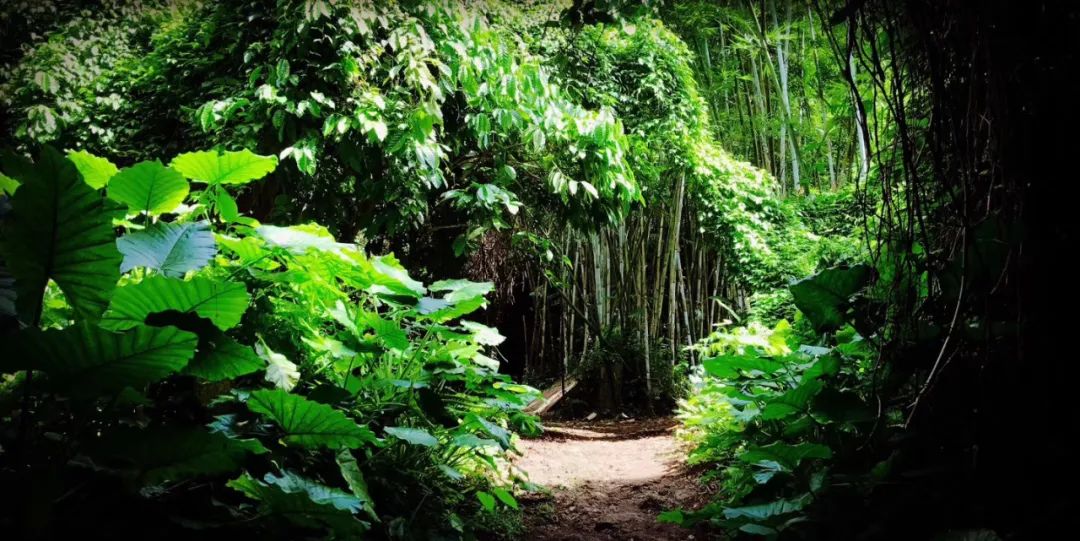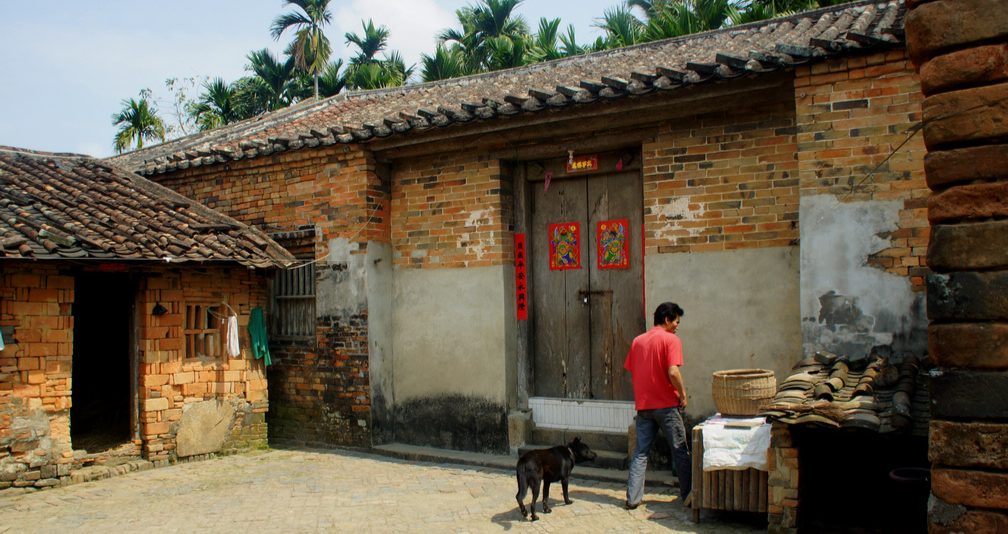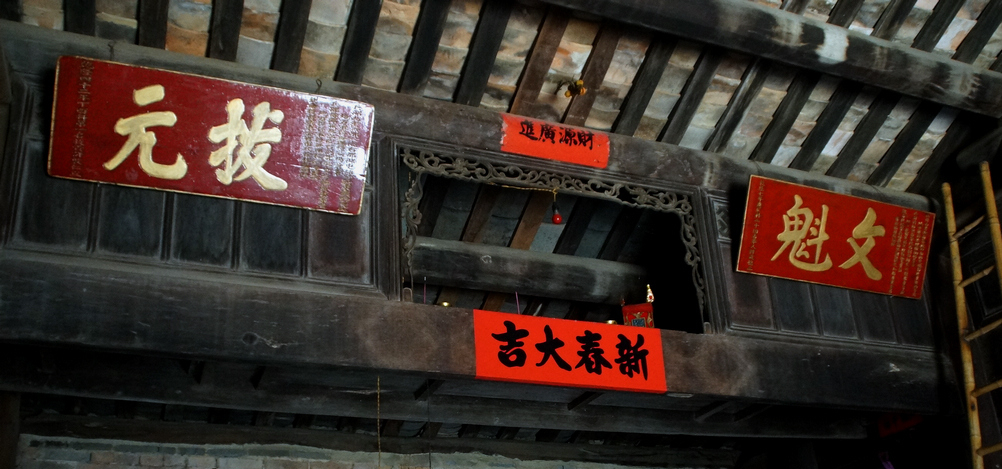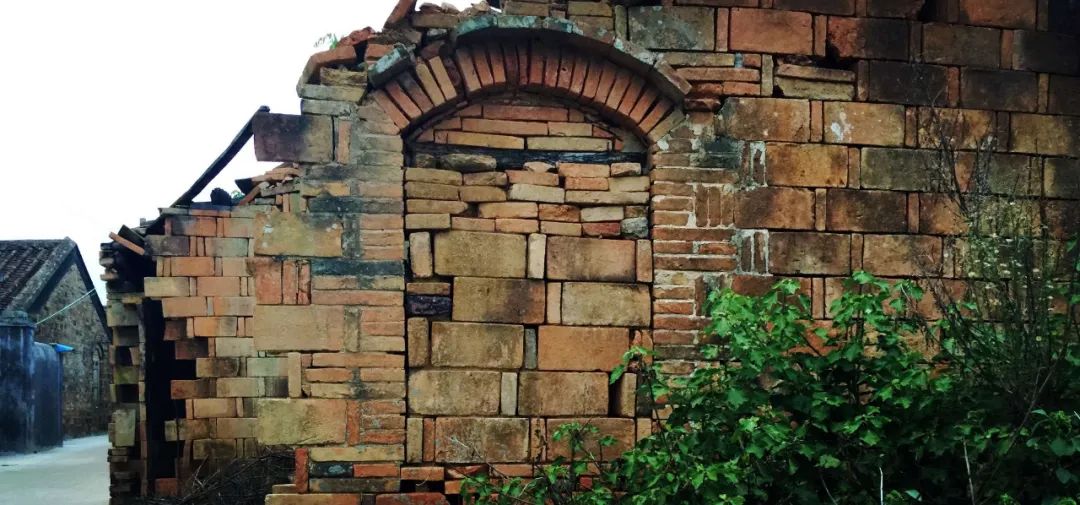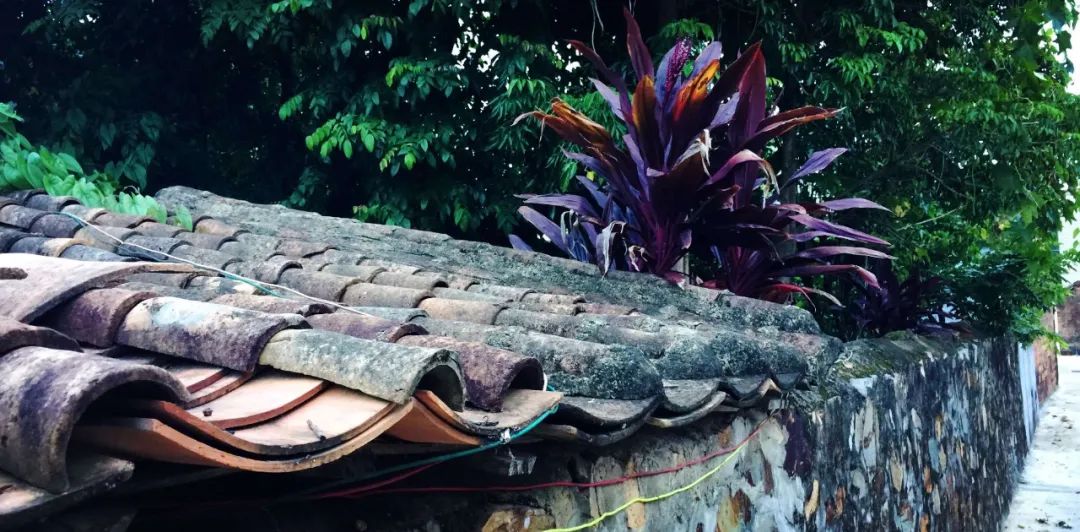

Location: Shishan Town, Xiuying District, Haikou City
Era: Founded in the Song Dynasty
Features: Rongtang Village is an ancient village with a history of more than 800 years. It is also a village that has been integrated into the volcanic stone culture from birth to death. People here were born in volcanic stone houses, walked between stone roads and stone gates, grew up drinking water from stone wells, used stone tools to create their own lives, and finally died quietly in stone coffins. However, with the development of the times, today's Rongtang Village has lost its former prosperity. Only some elderly grandmothers are left guarding the twenty-four volcanic caves, looking forward to the occasional visitors from outside the "Taikoo Immortal Gate". Spend the rest of your life giving alms.
Rongtang is originally a volcanic cultural village worth exploring. It has volcanic caves that are tens of thousands of years old, volcanic stone village ruins that are hundreds of years old, sarcophagi from the 11th year of Xianfeng and the Taikoo Immortal Gate from the 30th year of Guangxu. But every time I see the lonely people in the village, The sight of an old man reaching out to beg for food can’t help but make people feel sad.

